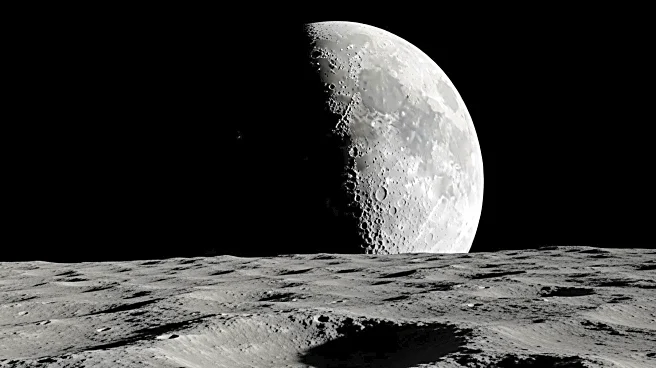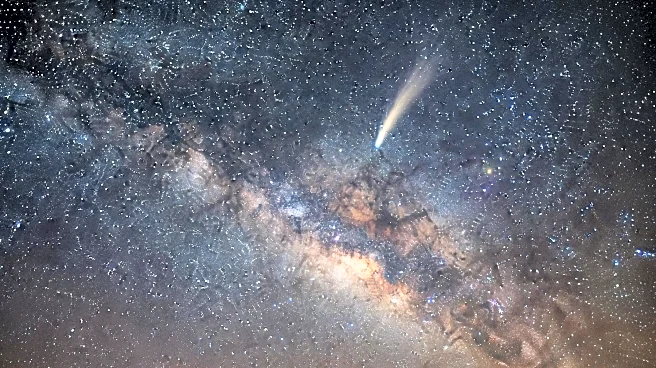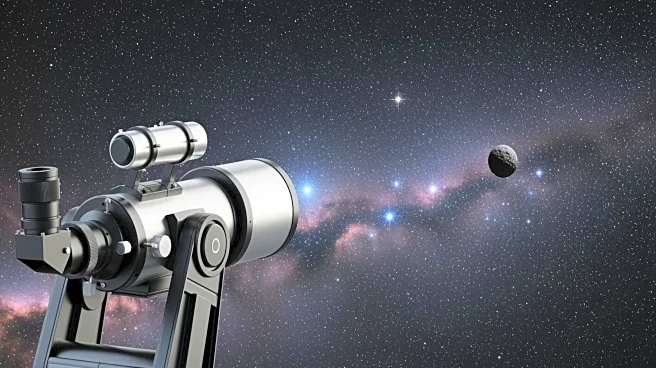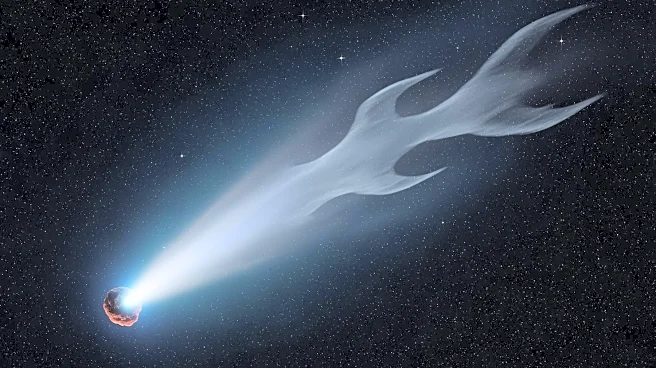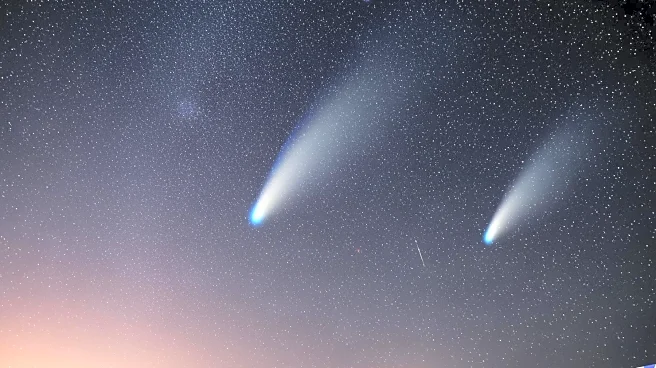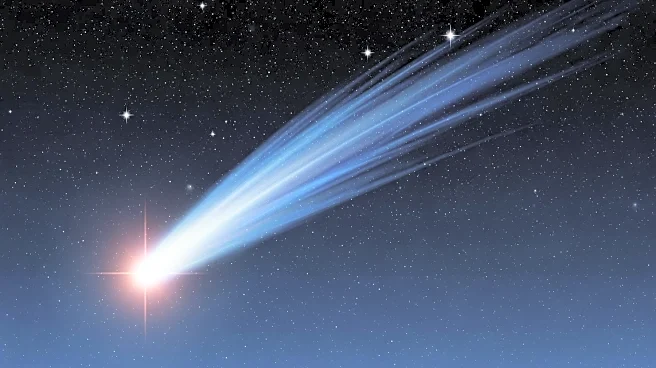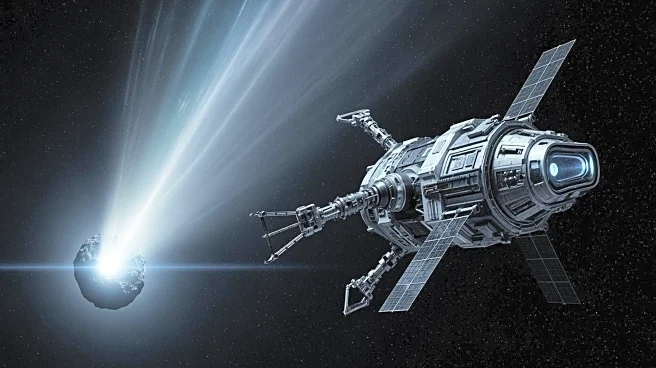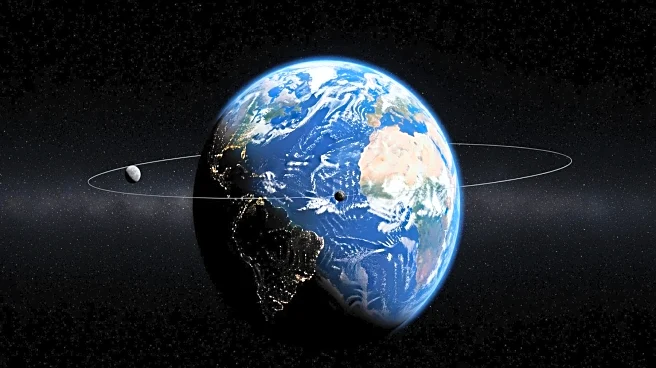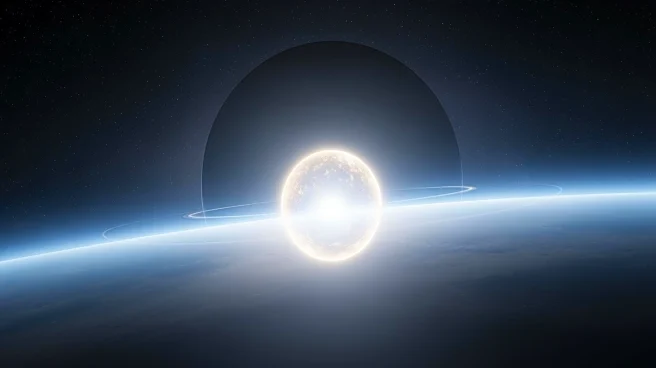What's Happening?
A new quiz invites participants to explore the moon's geography, uncovering secrets etched into its surface. The moon, a celestial companion, has a rugged, crater-pocked world filled with features that
tell stories of cosmic collisions, volcanic activity, and human exploration. The quiz challenges individuals to identify major lunar features, understand their origins, and pinpoint locations where astronauts made history. It covers landmarks like Tycho and Copernicus craters and Mare Tranquillitatis, offering insights into the moon's violent past and geological evolution.
Why It's Important?
Understanding the moon's features is crucial for appreciating its role in scientific discovery and human exploration. The quiz serves as an educational tool, enhancing public knowledge about lunar geography and history. It encourages interest in astronomy and space exploration, fostering a deeper connection with celestial phenomena. By engaging with the moon's features, individuals can gain insights into the processes that shaped our solar system, contributing to broader scientific literacy and curiosity.
What's Next?
Participants can take the quiz to test their knowledge and learn more about the moon's features. The quiz is designed for both seasoned skywatchers and curious stargazers, offering a unique opportunity to explore the moon's surface. As interest in lunar exploration grows, educational initiatives like this quiz can play a role in inspiring future generations of astronomers and space enthusiasts. Continued public engagement with lunar geography may lead to increased support for space missions and research.
Beyond the Headlines
The quiz highlights the cultural and scientific significance of the moon, which has captivated human imagination for centuries. It underscores the importance of educational tools in promoting scientific understanding and exploration. By focusing on lunar features, the quiz encourages a deeper appreciation for the moon's role in shaping human history and its potential for future exploration. This initiative reflects the ongoing interest in space and the desire to connect with celestial bodies beyond Earth.
